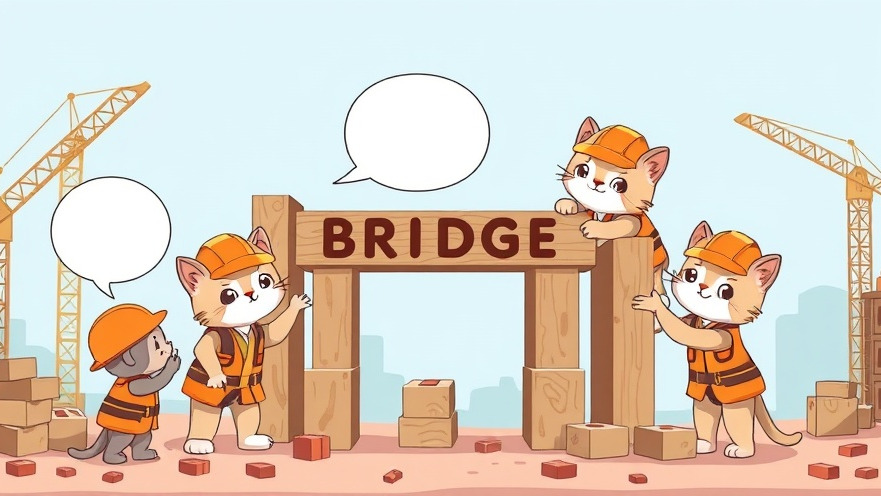
Understanding the Current State of Web3
Web3, envisioned as a decentralized internet powered by blockchain technology, has the potential to transform global networks. However, there are serious impediments hindering its advancement, sparking debates on its future. Stakeholders must redefine what Web3 should look like while addressing its current shortcomings.
Key Obstacles Facing Web3 Today
Despite its promises, Web3 is plagued by issues including lack of interoperability, user experience challenges, and pervasive concerns over privacy and security. The temptation for centralization lingers, contradicting the core ethos of decentralization. Furthermore, the rapid pace of technological change often outstrips ethical considerations, potentially resulting in increased inequality and social discord.
Social Repercussions of Web3's Shortcomings
As Web3's development stagnates, the societal implications grow more significant. From job automation trends to the cultural impacts of AI, the lack of a robust and decentralized framework means that these technologies could exacerbate existing inequalities. For urban centers, where socioeconomic disparities are most pronounced, the transition to a more equitable internet is not just a technological problem but a societal one that requires urgent attention from policymakers.
Charting a Path Forward
To fix Web3, we must prioritize inclusivity and accessibility. This means fostering transparent platforms that empower users while also implementing comprehensive regulatory frameworks that guarantee privacy and security. Collaboration among technologists, sociologists, and policymakers is essential in shaping an ethical digital future.
A Call for Action
There’s a growing consensus that for Web3 to rise to its full potential, we need collaborative grassroots efforts that not only unveil these issues but also incentivize solutions. By fostering dialogue and engagement among diverse groups, we can ensure that technology serves the greater good of society.
 Add Row
Add Row  Add
Add 




Write A Comment